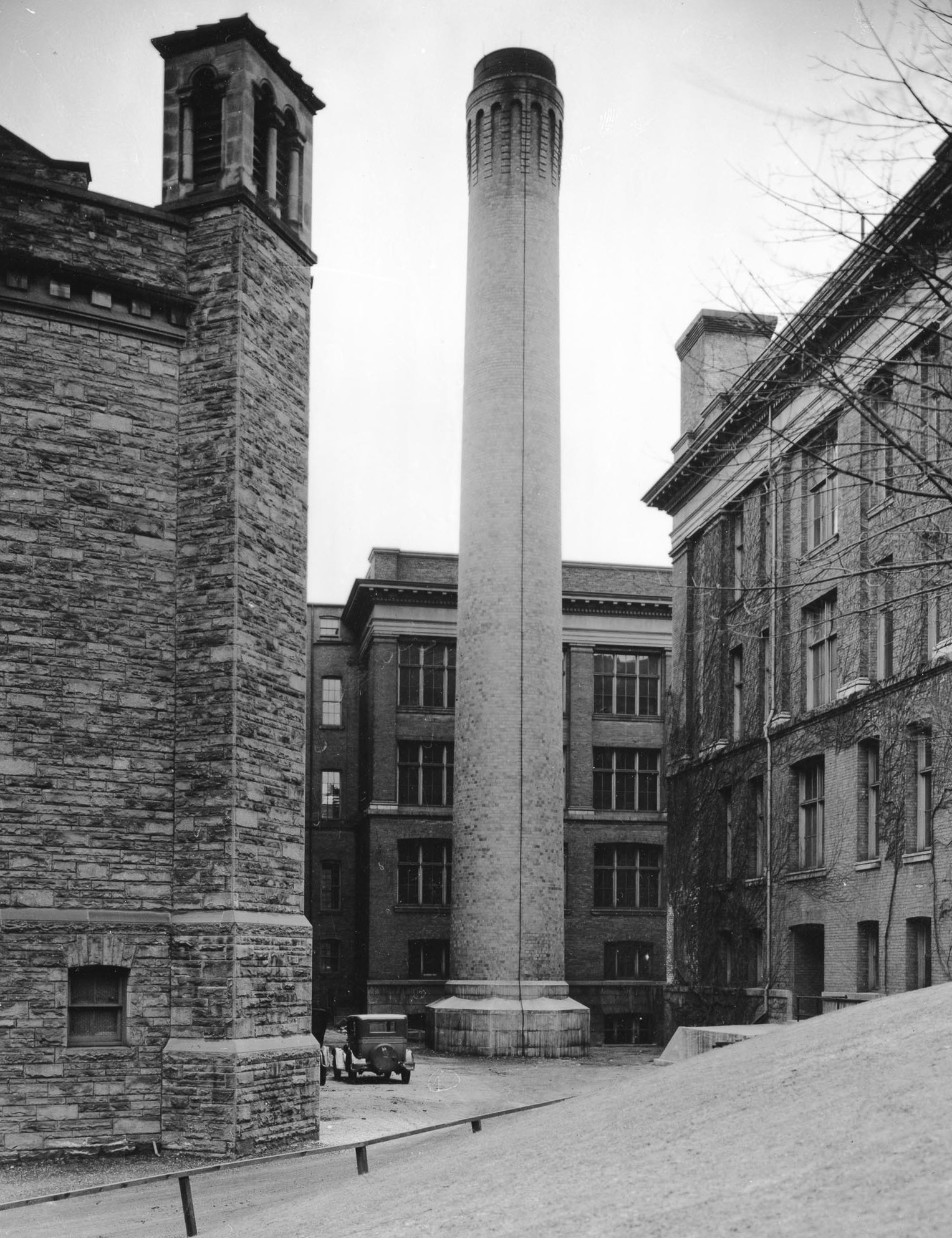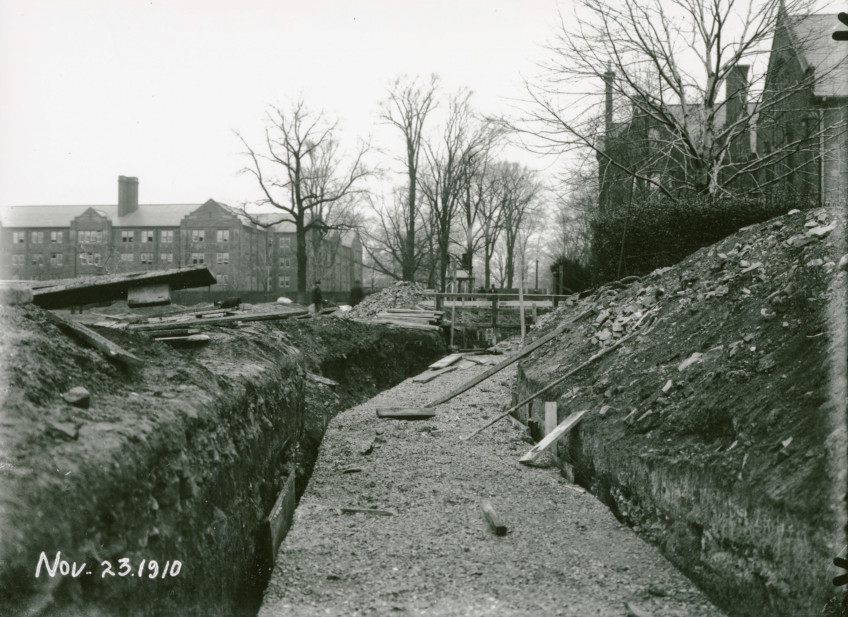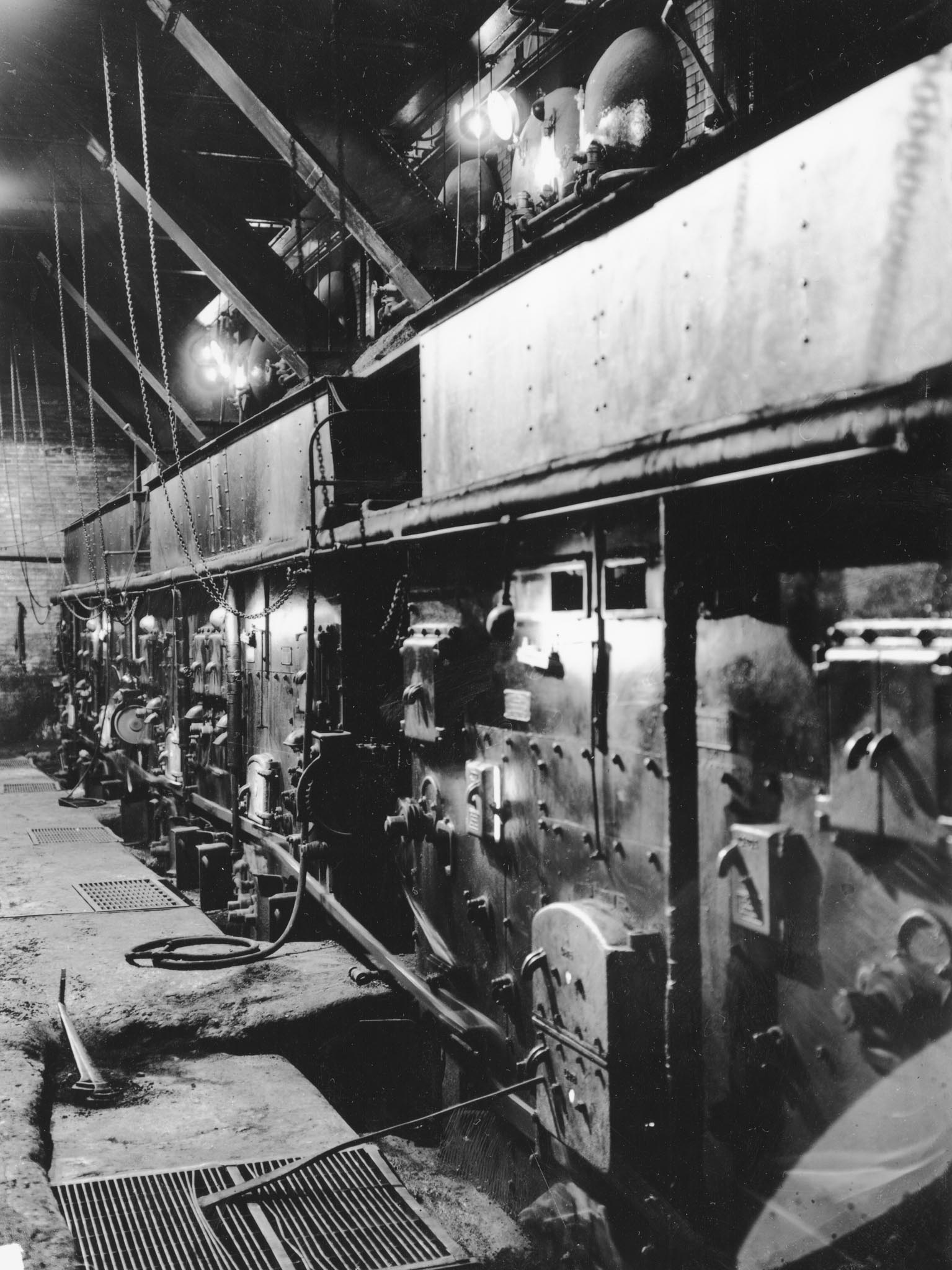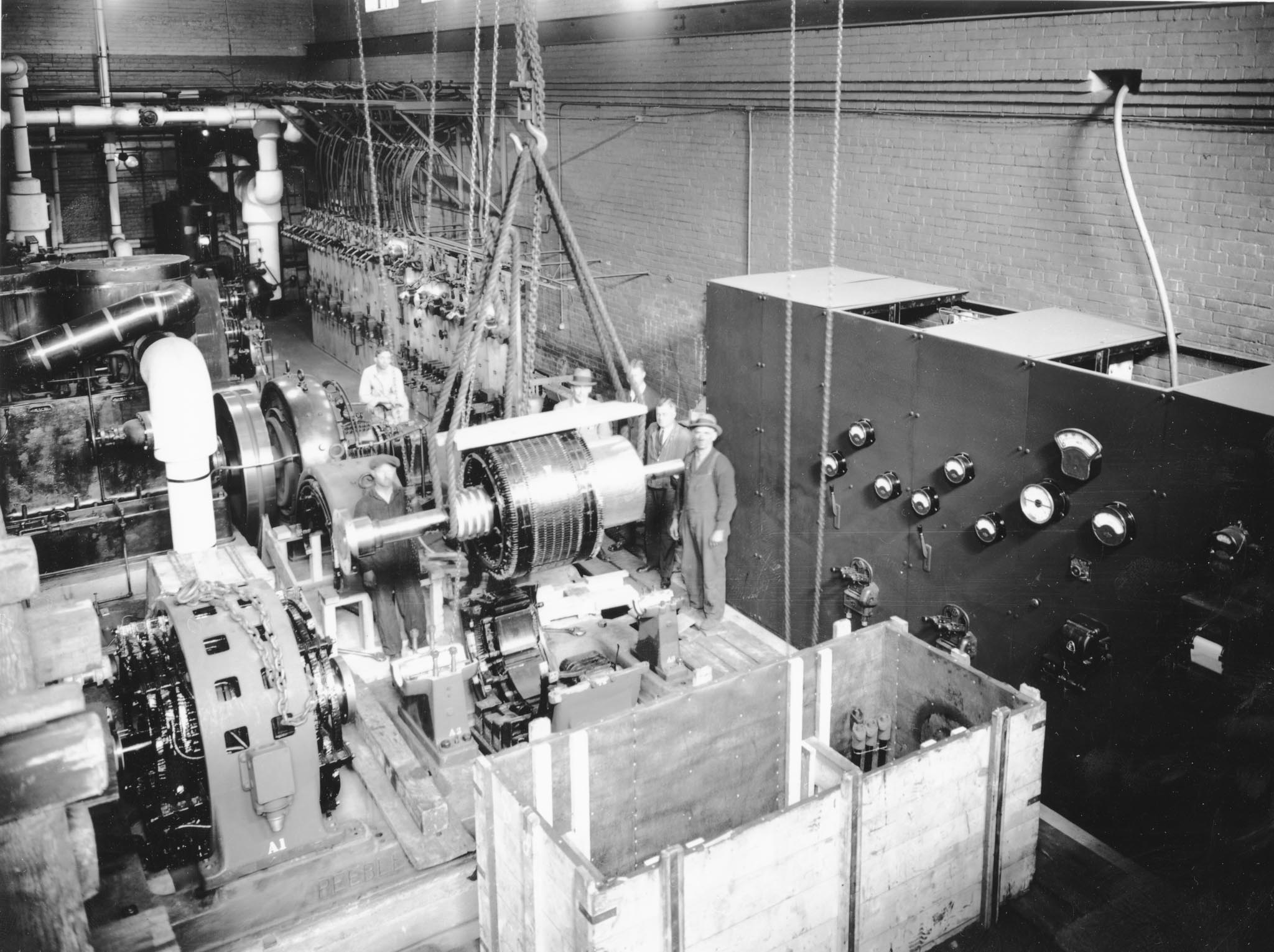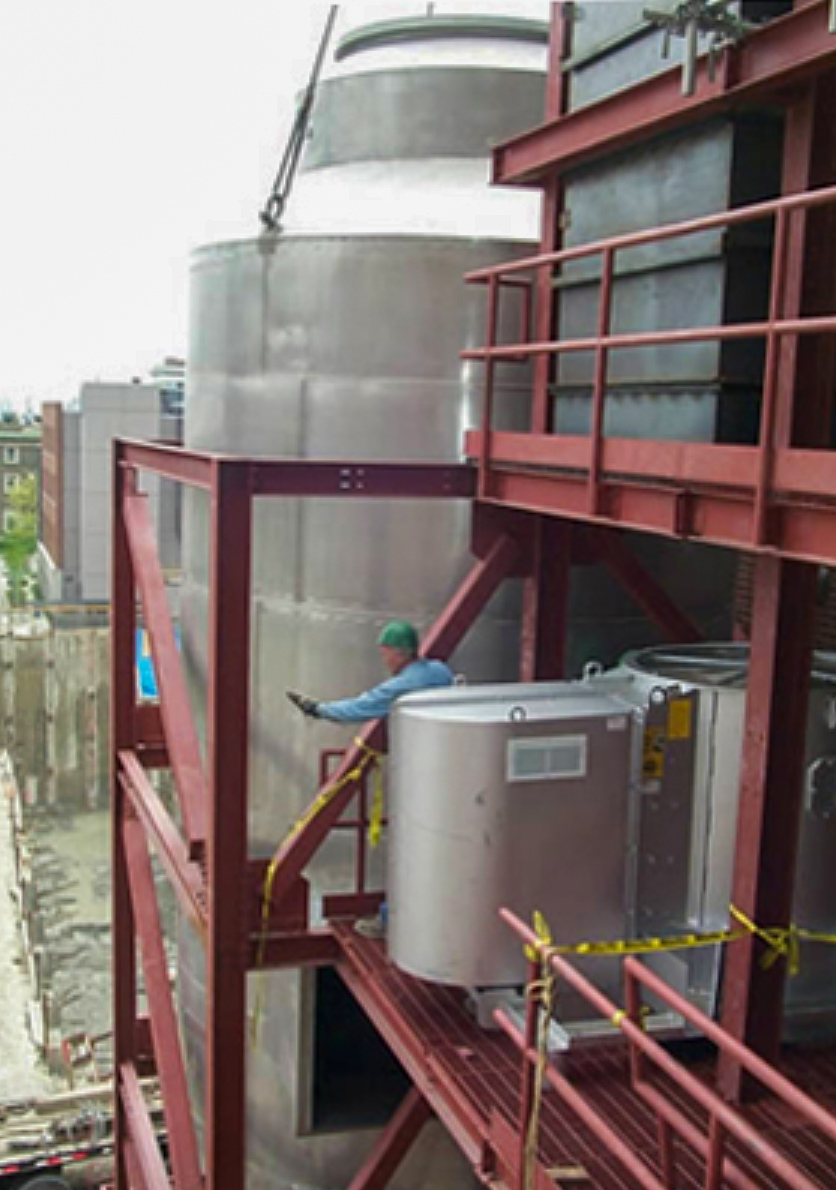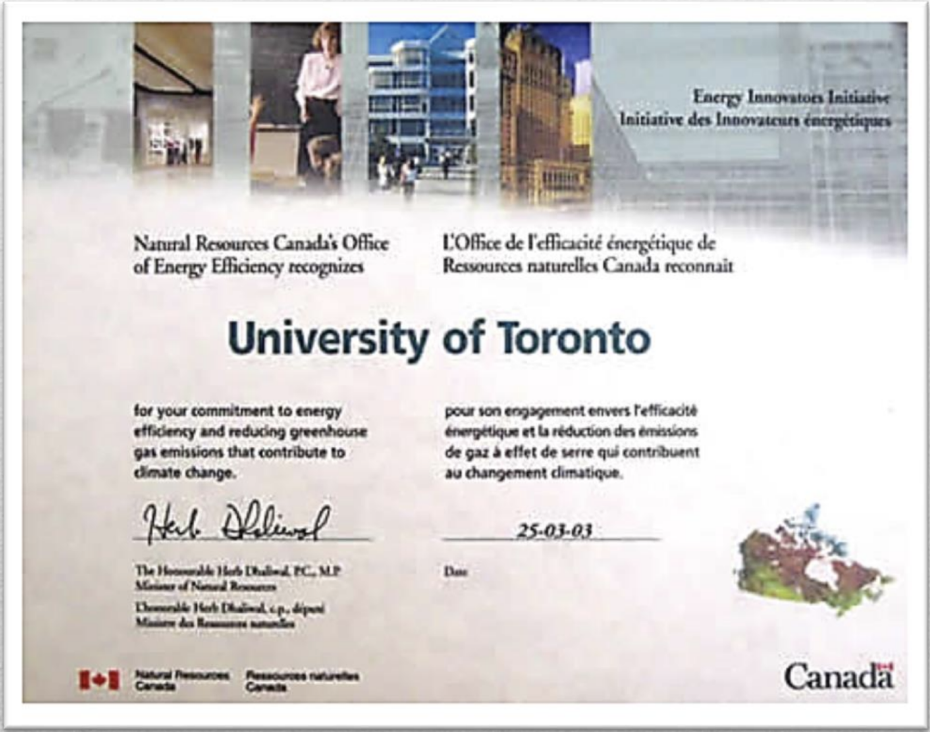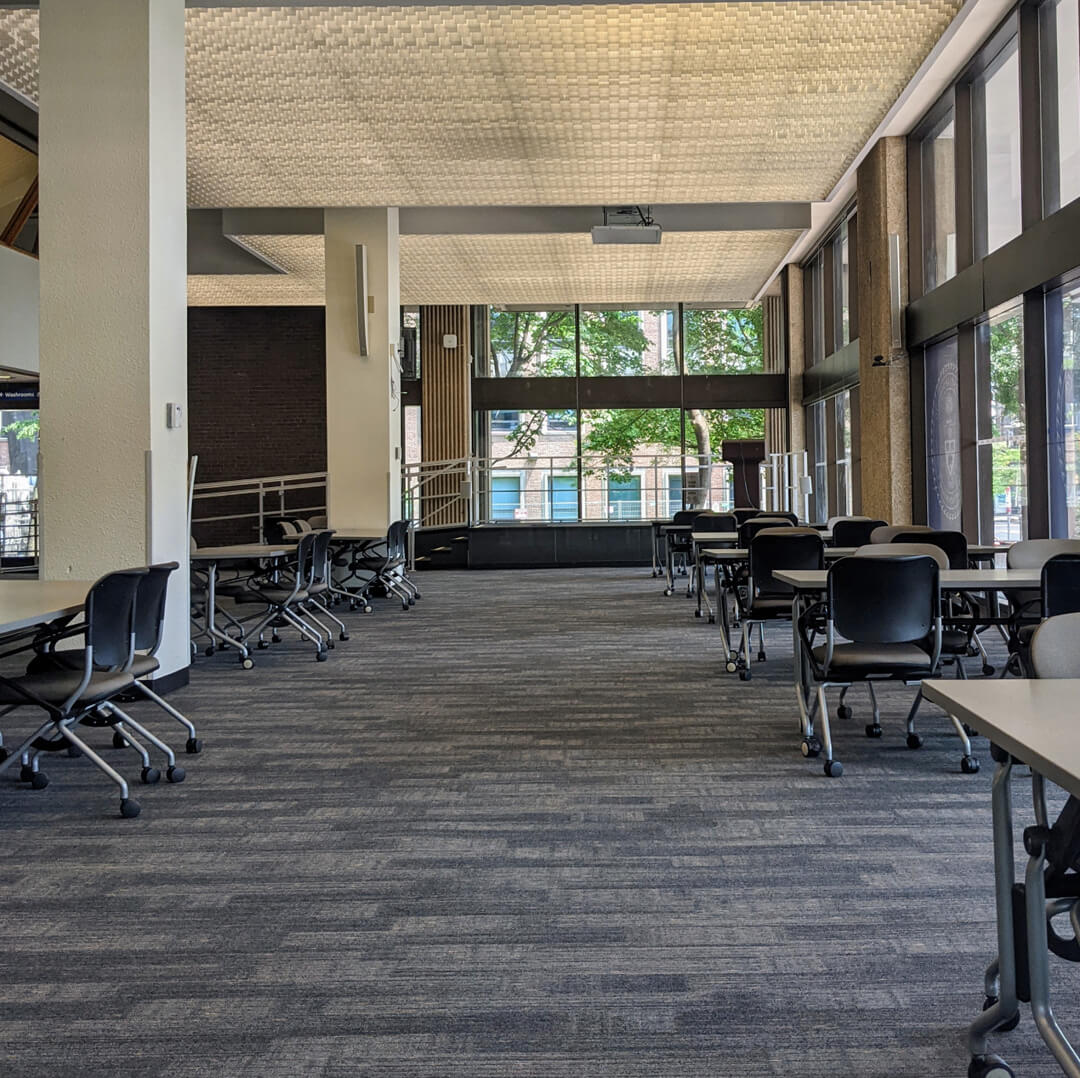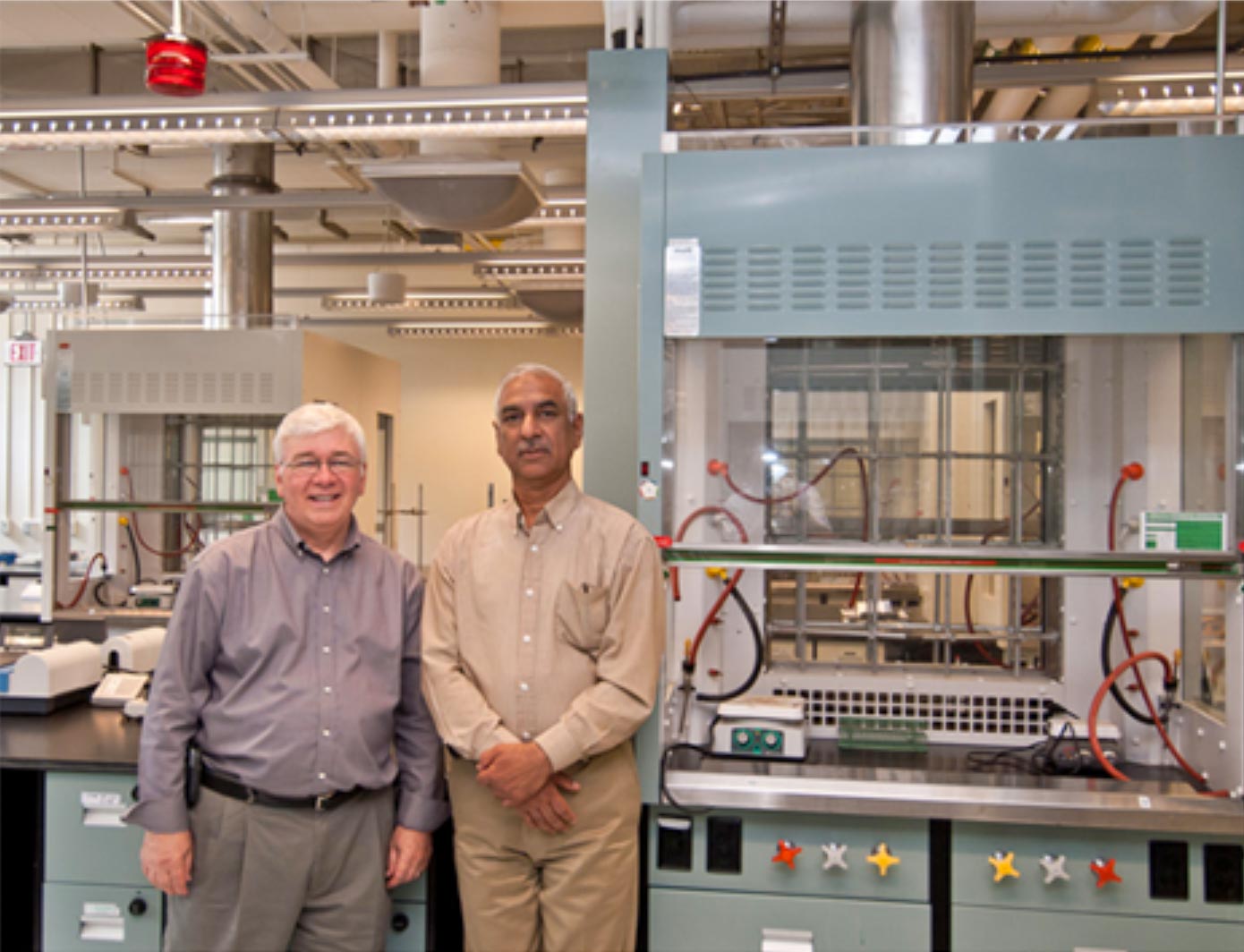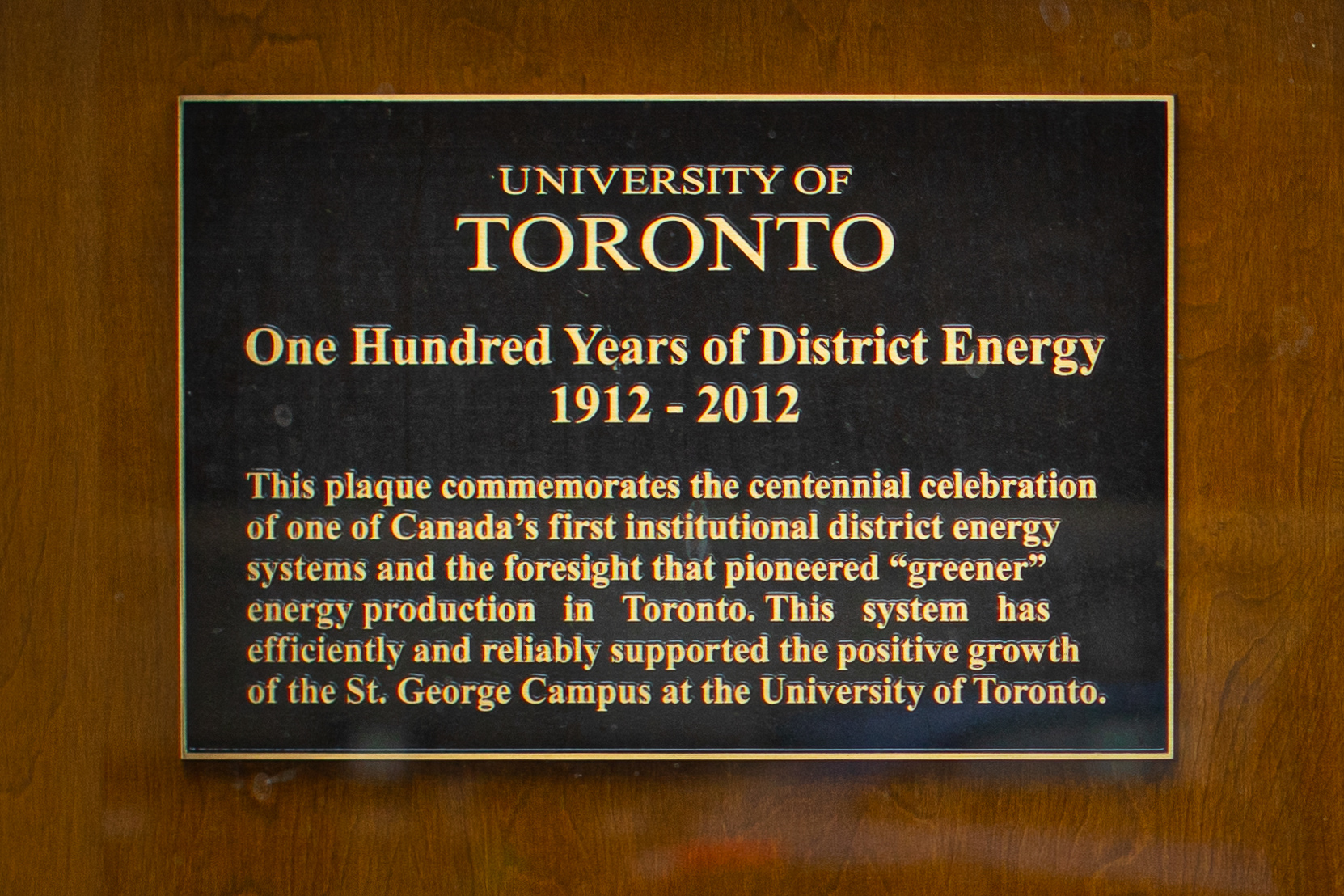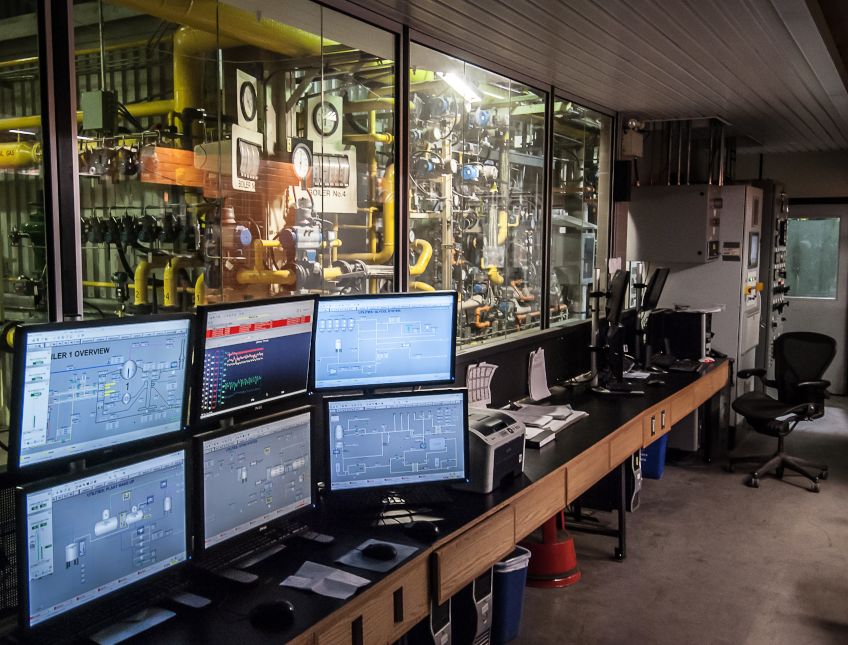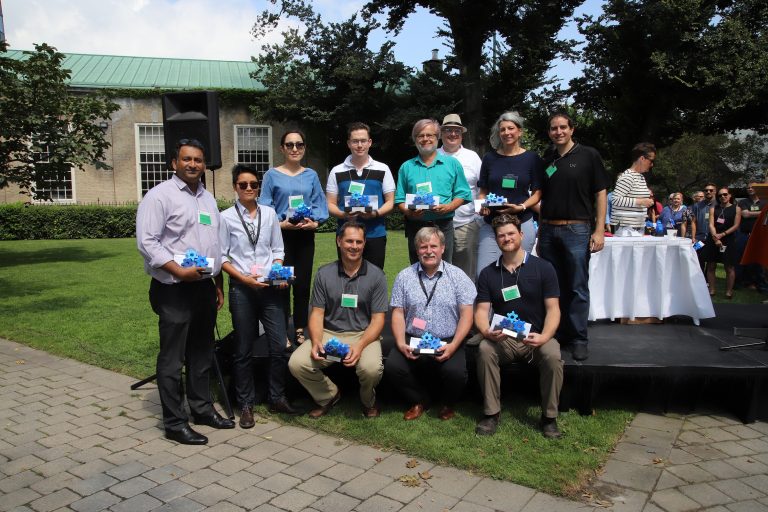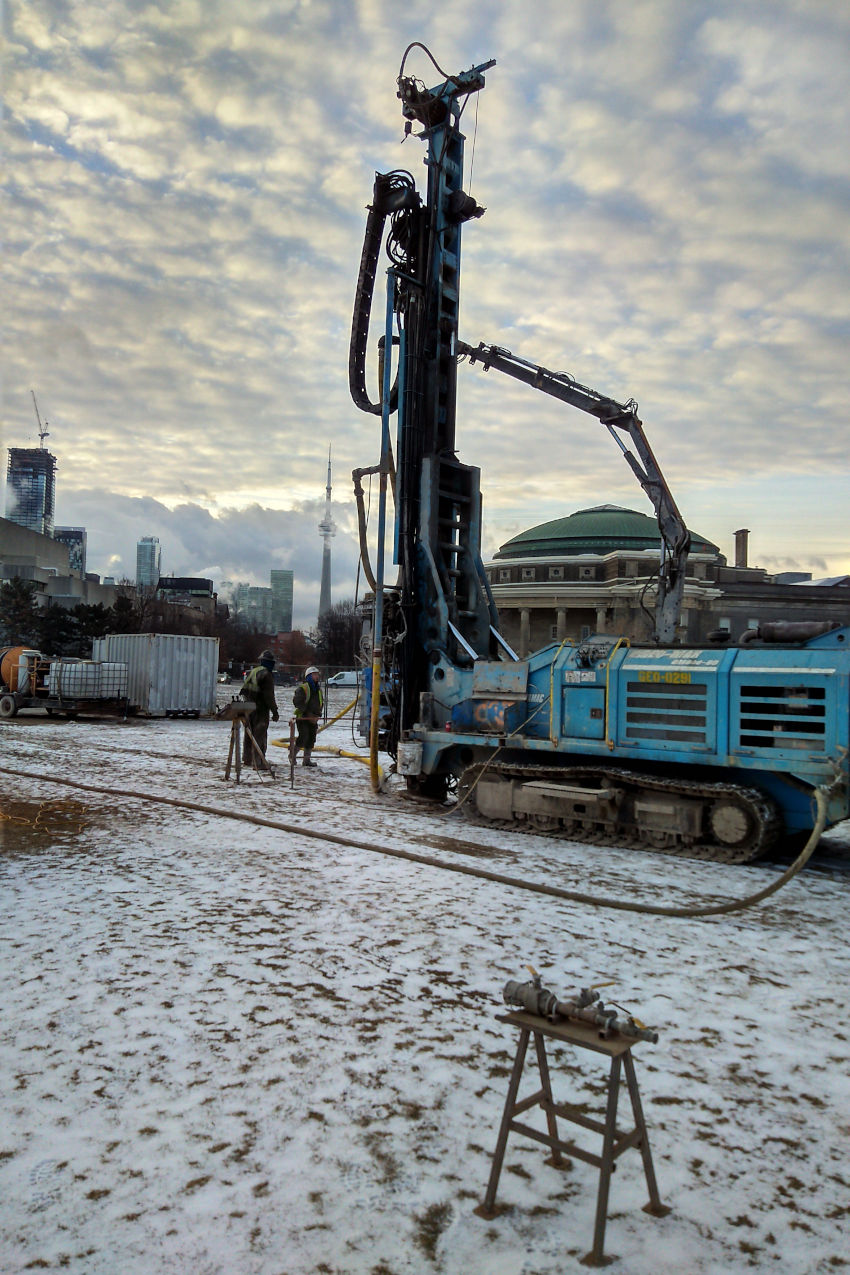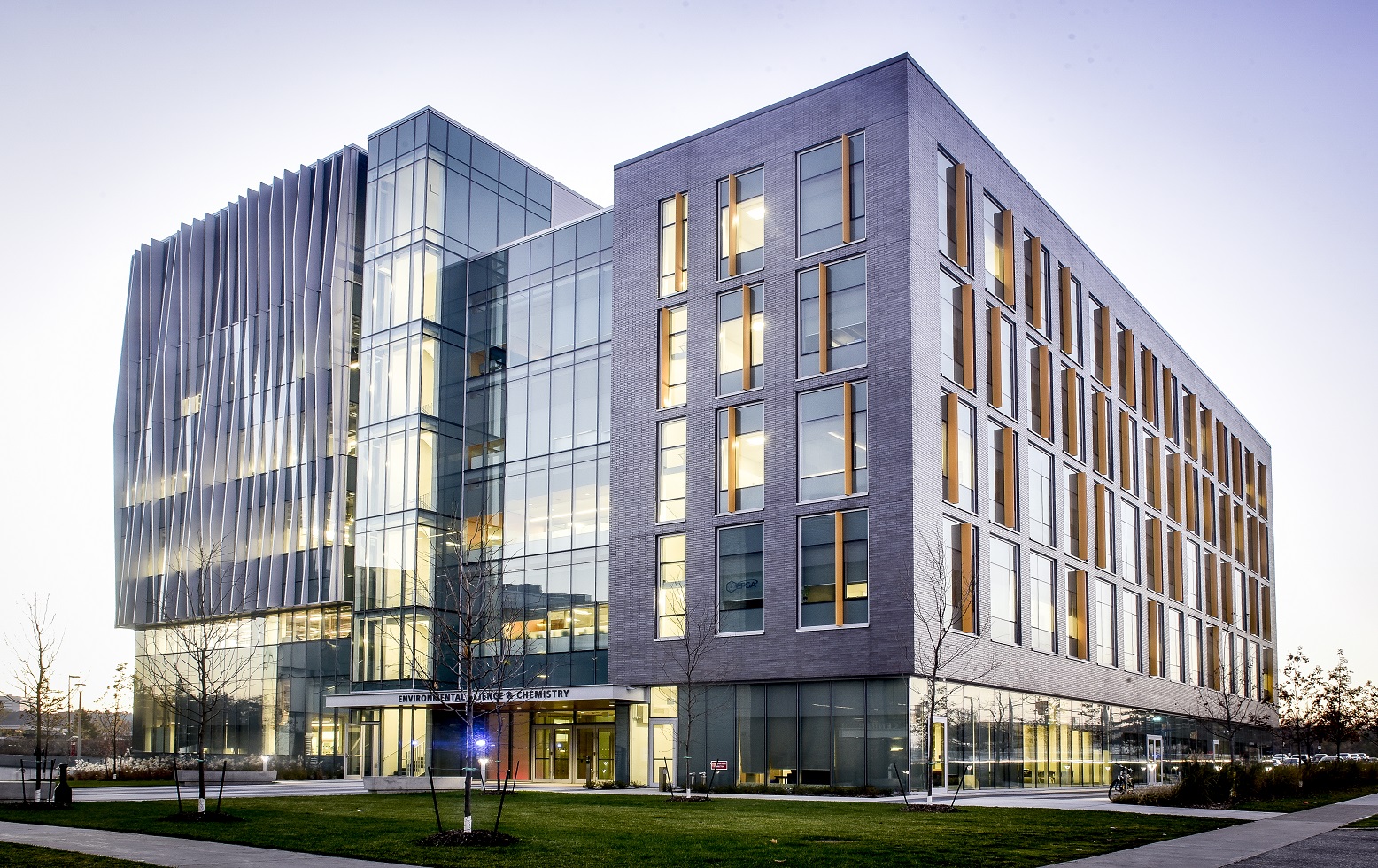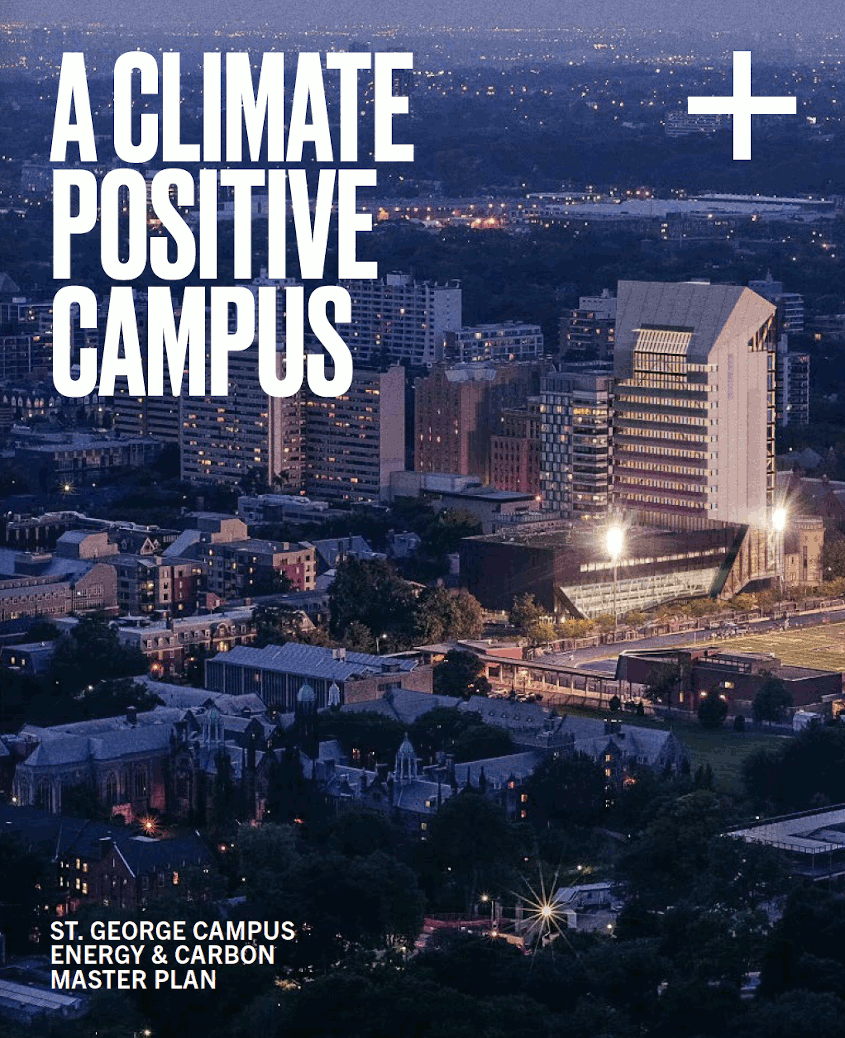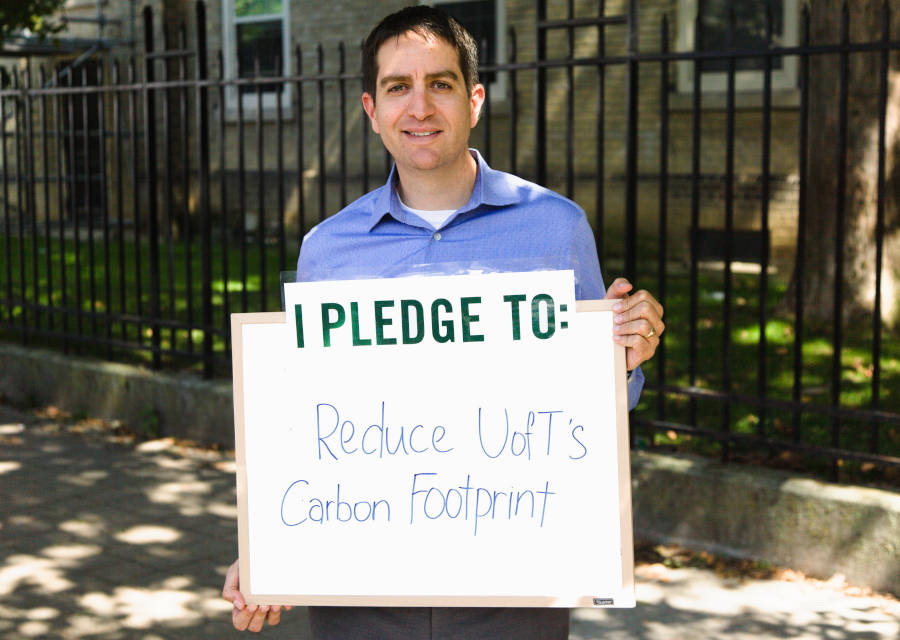THE UNIVERSITY OF TORONTO ST.GEORGE CAMPUS WILL BECOME CLIMATE POSITIVE BY 2050.

a Climate Positive CAMPUS
We commit to reducing more greenhouse gas emissions than we emit, creating a net benefit in our community. This plan describes how we will design and build our utility infrastructure to significantly reduce our operating carbon footprint—a critical first step on our path to becoming a climate positive campus.
ADVANCING OUR LOW-CARBON PLANS
“The University of Toronto is committed to taking action on climate change, one of the most pressing challenges of our time.”
 Meric S. Gertler
President
Meric S. Gertler
President
“The first chapter of our climate positive future is about transforming our infrastructure and energy systems.”
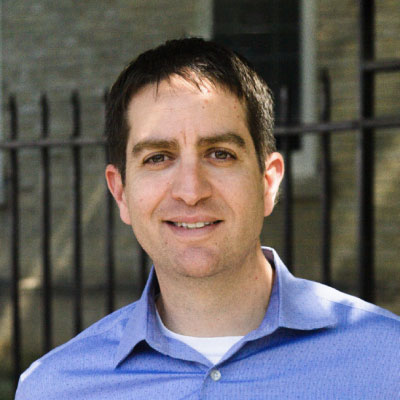 Ron Saporta
Chief Operating Officer
Ron Saporta
Chief Operating Officer Property Services & Sustainability
We will achieve our 2050 climate positive goal through at least 80% absolute carbon reductions on-campus.
- Our commitment is to achieve real carbon reductions on our campus in the heart of Canada’s largest city.
- To become a climate positive campus, we cannot simply continue to operate locally at today’s emission levels while offsetting carbon elsewhere in the world.
- We are tackling the carbon reduction challenge at its source and achieving real and local benefits through sustainable investment, job creation, experiential research, and learning opportunities.
By transforming our utility and energy infrastructure, we will reduce our absolute scope one and scope two greenhouse gas emissions on campus by at least 80%.
We will use renewables and other strategies to not only offset the remaining balance of our own carbon emissions, but further reduce other carbon emissions in Ontario—creating a net environmental benefit in our community.
our THREE GOALS TO TRANSFORM OUR INFRASTRUCTURE
Responsibly manage the growth of our campus to mitigate the environmental impacts of more space and activity.
Renew existing and aged utility infrastructure to ensure future performance that supports academic and research excellence.
Build resilient systems to support our carbon reduction targets with reliable infrastructure by changing how our campus produces, distributes, and consumes energy.
01WE WILL RESPONSIBLY MANAGE THE GROWTH OF OUR CAMPUS
The St. George campus will nearly double in size in the next 30 years—adding a million square metres of world-class research, teaching, and community space. Our buildings contribute considerably to our carbon emissions. To achieve our carbon reduction targets, we need to manage our growth differently.
Low-carbon student residence
The new Spadina-Sussex residence will be one of the first buildings on the St. George campus designed to meet the University’s new rigorous carbon intensity target. Using a new geoexchange system beneath Robert Street field, the building will become the lowest-carbon residence on the St. George campus.
KEY INITIATIVES
High-performance standard
We have implemented an aggressive energy modelling and utility performance standard to minimize energy use, carbon emissions, and water consumption while maximizing value for our stakeholders.
Carbon budgets
We set a strict carbon budget for all new construction, including targets for energy, carbon emissions, and water reduction.
Expanded district energy
We will expand our district energy system to efficiently meet new campus demand and reduce carbon emissions.
02WE WILL RENEW OUR AGING INFRASTRUCTURE
We are approaching our 200-year anniversary as an institution. We have buildings on our St. George campus that are more than 120 years old and underground infrastructure that is just as old.
A crucial component of our plan is to renew this infrastructure to ensure future performance, longevity, and compatibility with sustainable technology. Renewal will help reduce the carbon footprint and energy use intensity of our existing buildings.
One of Canada’s oldest central power plants and district energy systems
Jerry Newton, a shift engineer, is pictured in the district energy distribution tunnels that run under the campus. Plans are underway to electrify our central power plant. In Ontario, using electricity is cleaner than natural gas. The effort is part of a larger suite of upcoming low-carbon initiatives known as Project50 that will reduce up to 50% of our current carbon footprint.
KEY INITIATIVES
Eliminate steam generation for heating
We will eliminate the use of steam as a primary source for heating our buildings by retrofitting them to use efficient low-temperature systems.
Deep energy retrofits
We will maximize the efficiency of our existing buildings through extensive energy conservation measures and deep energy retrofits.
Generation and distribution upgrades
We will upgrade our energy generation and distribution systems to be compatible with renewables and low-carbon technologies, including modernizing our central power plant and district energy system.
Renewable energy
We will increase on-campus and off-campus renewable energy generation, such as solar.
03WE WILL build resilient systems
Our plan serves as a model for large urban communities to reduce greenhouse gases and grow sustainably. It is flexible, anticipating that technology will continue to change over the next 30 years. To support cleaner energy production and distribution, our utility and energy infrastructure will need to be resilient.
Canada’s largest urban geoexchange
Geoexchange technology leverages the natural thermal storage properties of the ground to regulate building temperature. Combined with building retrofits, this system will reduce the carbon footprints of numerous buildings in our downtown historic campus core.
KEY INITIATIVES
Electrification
We will transform our aging infrastructure to state-of-the-art, replacing fossil fuels with electricity as the primary source for thermal energy.
Nodal networks
We will remove single points of failure and increase redundancy by creating a network of interconnected thermal and electric energy redistribution nodes.
Interconnected electrical switching stations
We will diversify our incoming electricity by installing new high-voltage switching stations in areas of dense energy demand to reduce outages and increase flexibility and reliability using automated load sharing and shedding.
Peak demand management
We will actively manage our peak electricity demand by leveraging the flexibility of our enhanced energy generation, distribution, and storage systems, also benefiting the Ontario electricity grid.
Low-carbon technology
We will implement existing low-carbon technologies such as ground source heat pumps while exploring emerging technologies such as carbon capture.
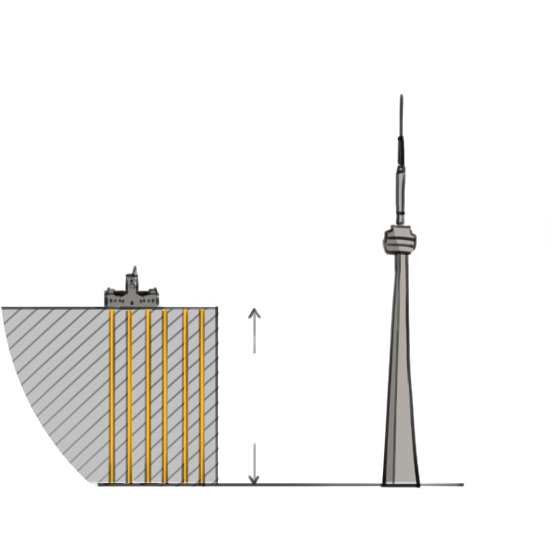
Over 370 boreholes have been drilled 250 metres deep under front campus, nearly half the height of the CN Tower.

U-shaped pipes are inserted into each borehole. Water is circulated through this system, taking excess heat from buildings in the summer and storing it underground for use in the winter.

Heat pumps circulate the water, transferring heat to or from the University’s building ventilation systems. This installation will feature an underground display and serve as an applied learning classroom to showcase how the system works for visitors and students.
URBAN CANADA’S LARGEST GEOEXCHANGE SYSTEM BENEATH KING’S COLLEGE CIRCLE
The first chapter of our climate positive future is about transforming our infrastructure and energy systems.
“ Building utility infrastructure with renewal, responsible growth, and resiliency at the forefront is a major step towards fulfilling the University of Toronto St. George campus’s commitment to becoming climate positive by significantly reducing our operating carbon footprint.”Scott Mabury Vice-President Operations and Real Estate Partnerships
PATH TO CLIMATE POSITIVE
The St. George campus has been a long-standing pioneer in operational sustainability and environmental stewardship. This is the result of the ingenuity and hard work of our incredible staff, faculty, students, and campus partners who are committed to making a positive impact on our climate and community.
We are passionate about creating a climate positive campus.
Join us on our path
We have been busy planning to transform. We will grow responsibly, renew our infrastructure and build resilient systems for our future.
We want you to join us.
Climate positive report
Read our full Climate Positive Plan report.
Technical appendix
Read the technical appendix to the climate positive report—our Carbon and Energy Reduction Master Plan.
Stay connected
Reach out to the Sustainability Office to contribute to making your part of the campus more sustainable.
